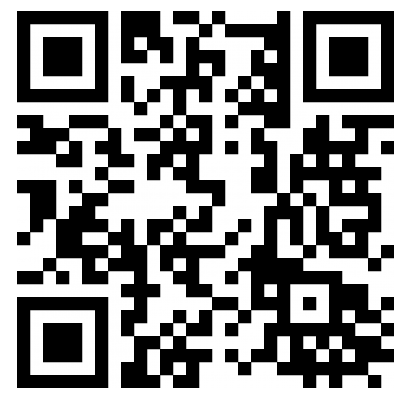Background: Acute Kidney Injury (AKI) develops commonly in critically ill children and is associated with increase mechanical ventilator days, prolonged hospital length of stays and higher mortality rate. The classification of AKI in children with Kidney Disease Improving Global Outcomes (KDIGO) criteria is based on serum creatinine (sCr) and urine output in 72 hours but do not reflect real-time accurate AKI diagnosis. In recently, the combination of clinical and laboratory parameters called Renal Angina Index scoring system (RAI), has been developed and validated.
Objectives: To access whether the RAI at 8-12 hour of PICU admission can predict AKI on the third day after admission in intensive care unit at Chiang Mai university Hospital, a tertiary-care hospital in Northern Thailand.
Methods: A retrospective review of children aged 1 month to 15 years who admitted in the intensive care unit for a minimum of three days from January 2015 to December 2019 was conducted. Children known to have chronic kidney disease, previously kidney disease, or death in 24 hours after admission were excluded. RAI was calculated at 8-12 hours after admitting in the intensive care unit, range from 1-40, including the risk group score (PICU admission, stem cell transplantation, ventilation and inotrope) and renal injury score (percent fluid overload(%FO), decrease in creatinine clearance (eCCl)). RAI ≥8 was considered positive. AKI was defined on the third day by KDIGO criteria. Receiver Operating Characteristic (ROC) curve, with sensitivity, specificity, positive predictive value, and negative predictive value were calculated.
Results: Ninety-two children were enrolled in this study (median age 1.6 years (0.1-14.5), male 57%). Most cause of admission is respiratory problem (37.9%). RAI at 8-12 hour is range from 1-20. At 72 hours, AKI occurred in 30 patients (29.1%) and children with higher RAI (p-value<0.001), decrease eCCl(p-value<0.001) and using vasoactive agents (p-value<0.001) tented to develop AKI significantly. PELOD II, PRISM, pSOFA, %FO showed no association with developing AKI (p-value>0.05). The ROC curve of RAI showed area under the curve (AUC) of 0.92 (95%CI 0.85, 0.99). Positive RAI in this study was 7.5 with sensitivity, specificity, positive predictive value, and negative predictive value of 90%, 88.7%, 79.4 and 94.8 respectively.
Conclusion: Renal angina index at 8-12 hour after PICU admission is precisely predict acute kidney injury in the third day of PICU admission. Therefore, RAI is useful for early detection and minimize patient complication from AKI.
Keywords: Acute kidney injury, Renal angina index, Critical care unit, Thailand


